This vast territory can be characterized in two important ways. First, as the frontier. Second, and just as important at the time, the territory can be described as the part of Virginia populated by newcomers. Most of them had come inland via Pennsylvania and were neither English nor Anglican. Culturally, the Irish and German men of the regiment had more in common with Pennsylvania than with Piedmont or Tidewater Virginia. Those parts of Virginia--"Old Virginia" or "Tuckahoe Virginia" -- were very homogeneous. Most "nonconforming" churches were barely tolerated in most of Virginia but fared better west of the Blue Ridge. Still, Lutheran-trained Peter Muhlenberg had to go to London to be ordained in the Church of England in order to serve as Beckford Parish rector in Woodstock as late as 1772. Four years later he became the regiment's first colonel. In describing the 8th Virginia as the "German Regiment" and appointing German field officers to lead it, the Virginia Convention was making an effort to make sure the colony was united. At the same time, they were blocking Presbyterian Scotch-Irish from holding senior commands. Winchester's Daniel Morgan is the most prominent hero of the Shenandoah Valley, and he is rightly famous. However, other than the 1775-1776 rifle company he led as a captain, the military organizations he led were not true Shenandoah Valley units the way 8th was. In 1776 and 1777 he was colonel of the 11th Virginia, which recruited from Frederick County but also from Prince William, Amelia, and Loudoun counties; his famous Virginia rifle battalion, formed in 1777, was built on merit, not geography. As a general, he led men from even more places. The 8th Virginia truly represented the geography and the culture of the Shenandoah Valley. (Updated April 26, 2020 and May 9, 2024) More from The 8th Virginia Regiment
3 Comments
The term "Scotch-Irish" was occasionally used during the Revolutionary period as an adjective, but first appeared as a noun in 1789. It became important to distinguish Protestant Irish from the Catholic Irish, who began to come to American in large numbers in the 1840s. Here's an interesting article on the difference between "Irish" and "Scotch-Irish" in American history and culture. I use the term "Scotch-Irish" and "Protestant Irish" and sometimes just "Irish" interchangeably. Occasionally, someone will tell me that the proper term is "Scots-Irish," even though that word first appeared in 1966. I've stuck to "Scotch-Irish" (or just "Irish") because it is correct for the period, traditional, and what I was taught to say as a child.
To be fair, though, "Scots" is technically older. It dates to the 14th century. It was a contraction of "Scottis," a local (northern) variant of "Scottish." It was revived in Britain in the mid-19th century in reaction to some nasty English vernacular. Even then, though, I suspect it was adapted as an adjective from the plural for "Scot," and therefore not a real continuation of the earlier term. "Scotch" is a contraction of "Scottish" and is plenty old itself, dating back as far as 1590. It is now distinctly American. If you go to the British Isles they will correct you if you refer to a person that way. But, then, they don't call their whiskey "Scotch," either. They call it "whisky." "You say 'tom-AH-to' and I say 'tom-AY-to.'" As an American blog about American history, "Scotch-Irish" seems like the right term here. (Revised, May 26, 2021 and May 21, 2024) |
Gabriel Nevilleis researching the history of the Revolutionary War's 8th Virginia Regiment. Its ten companies formed near the frontier, from the Cumberland Gap to Pittsburgh. Categories
All
Archives
June 2024
© 2015-2022 Gabriel Neville
|

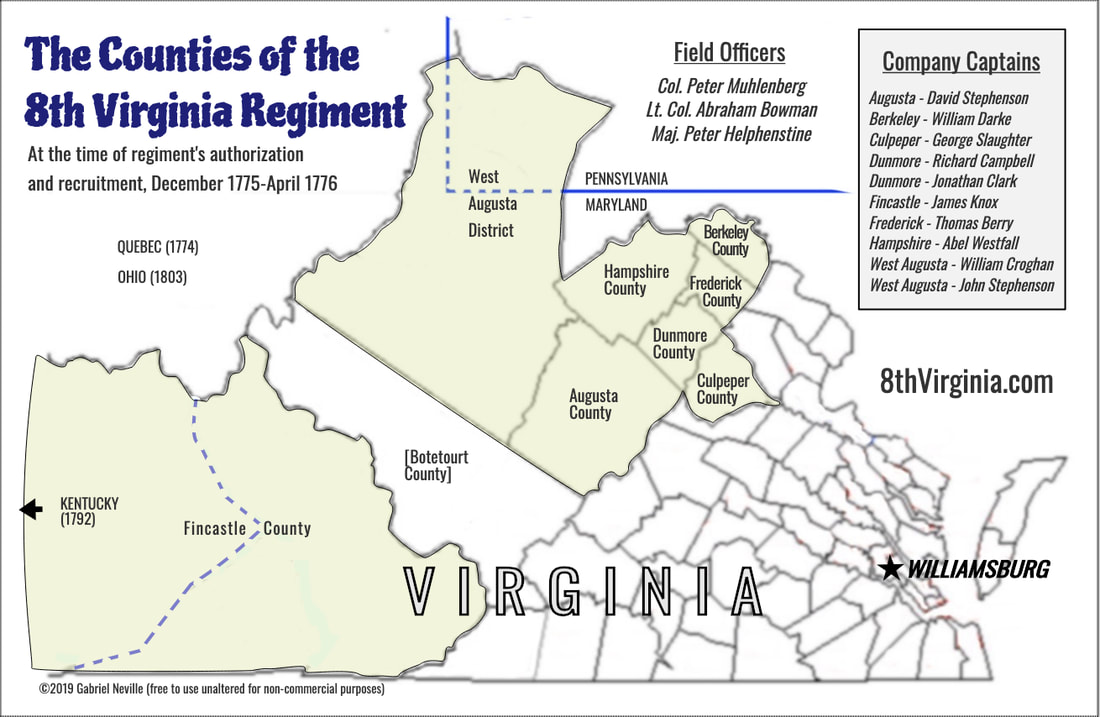
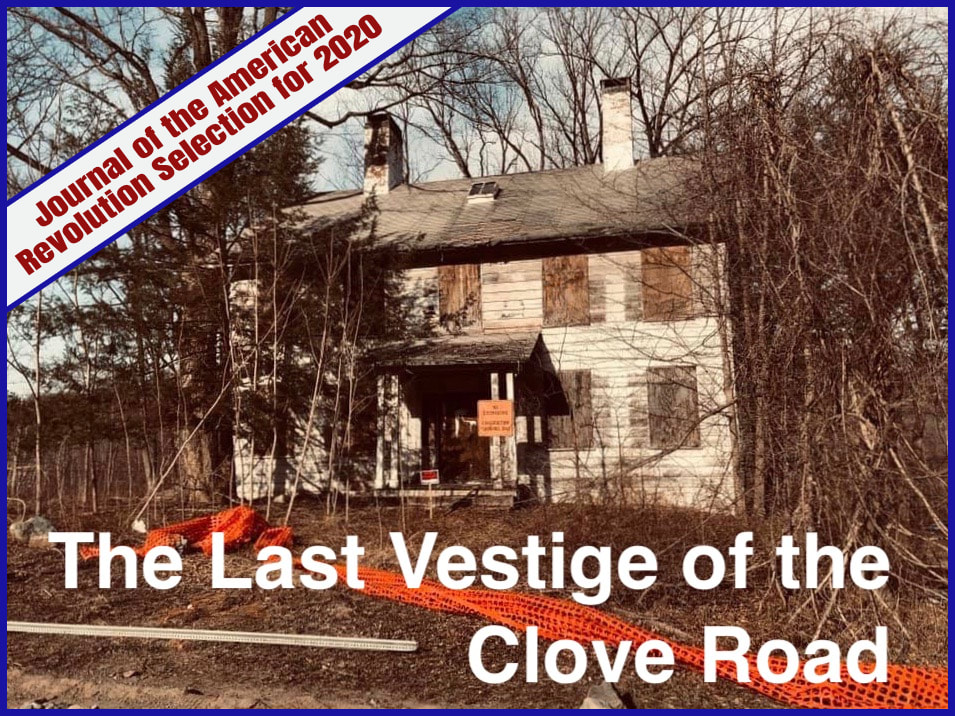
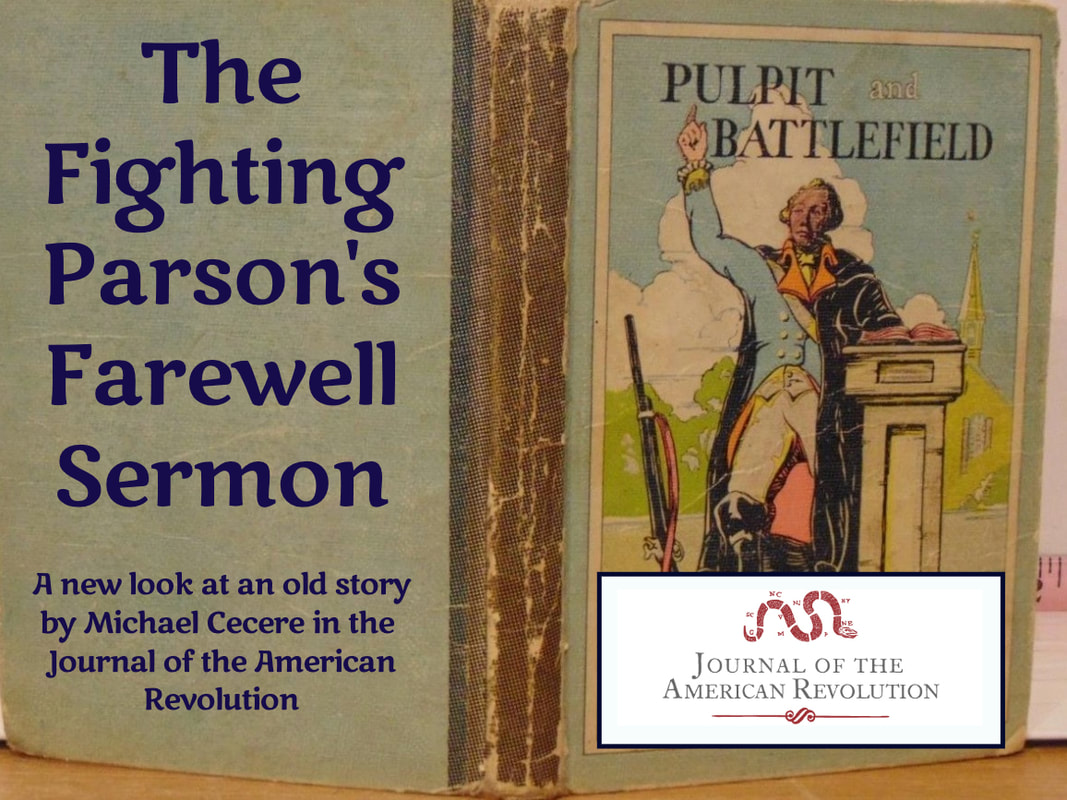
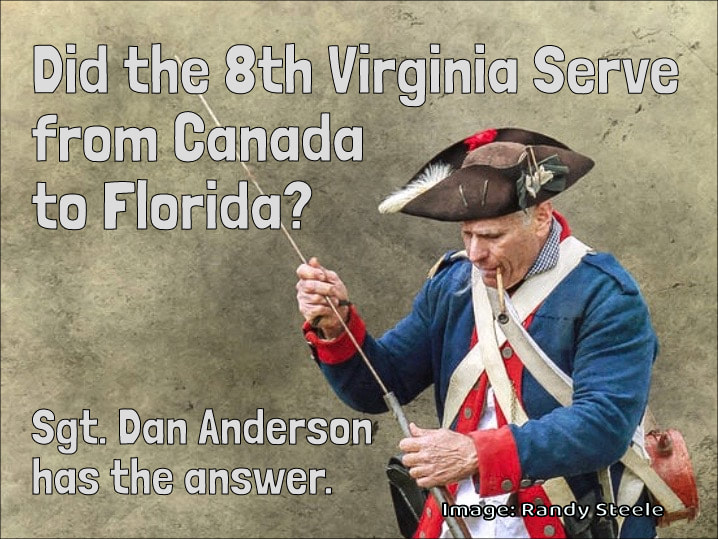

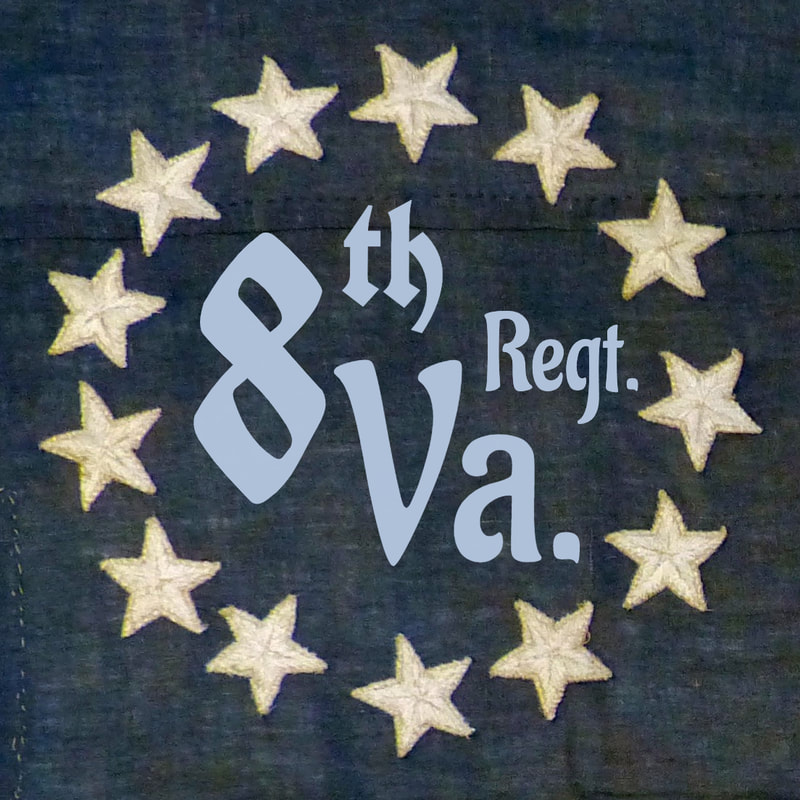
 RSS Feed
RSS Feed